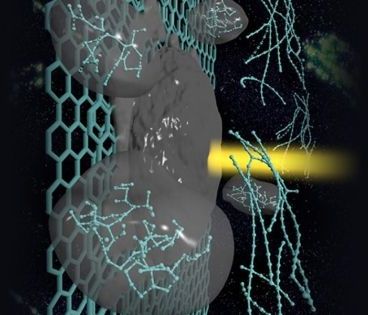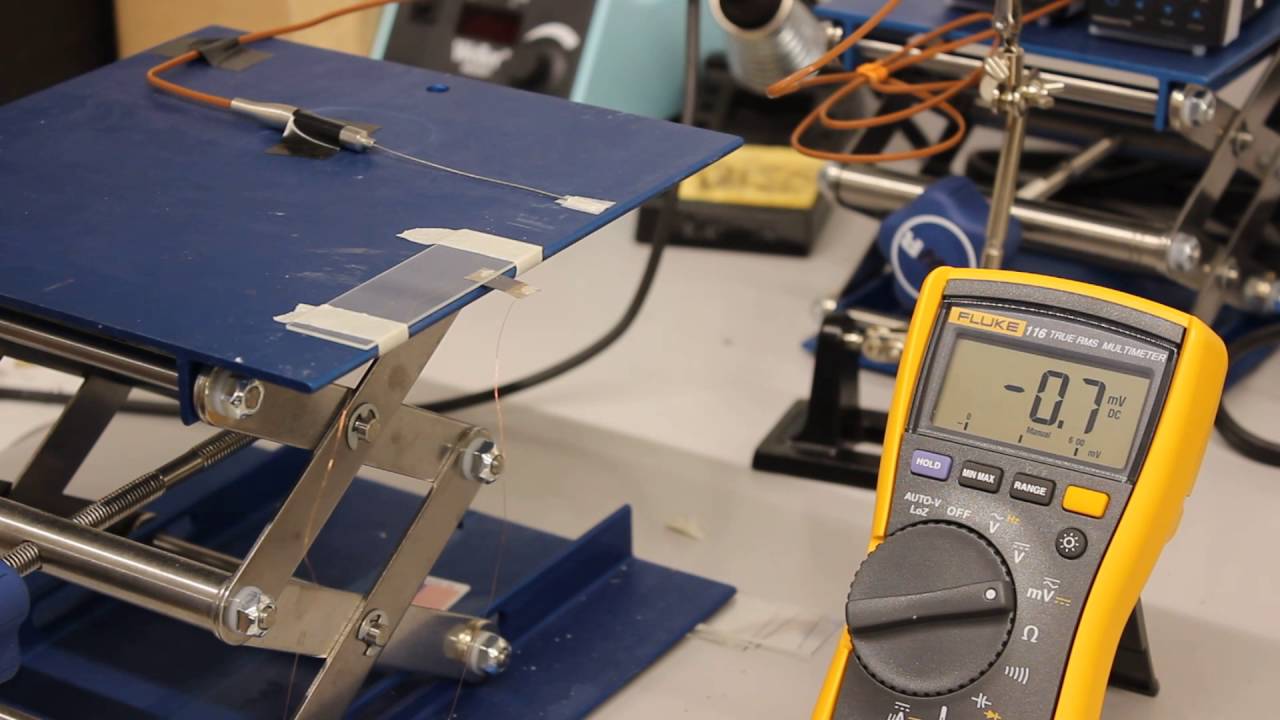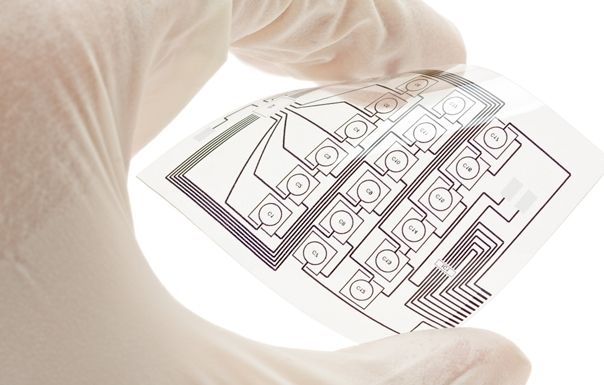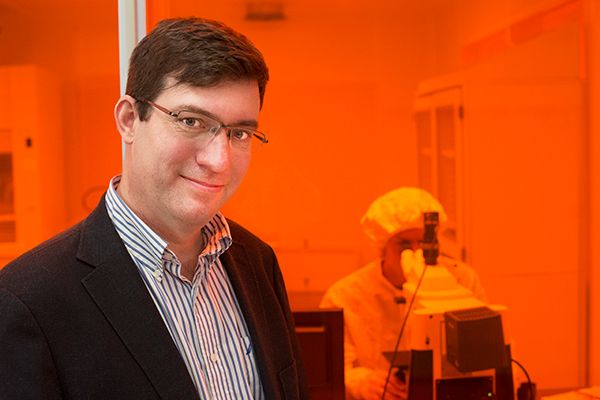Scientists have managed to develop a novel method to grow stable, ultra-long 1D carbon chains of a material that is twice as strong as carbon nanotubes and far stronger than diamonds.
Elemental carbon is extremely versatile, and scientists have long been able to create new carbon allotropes that make for super durable and multi-functioning materials—such as everyone’s favorite material, graphene.
The “carbon family” is one very resourceful family. But even with all these developments, carbyne remained elusive. In fact, it is the only form of carbon that has not been synthesized, even though researchers have been studying its properties for over 50 years.









